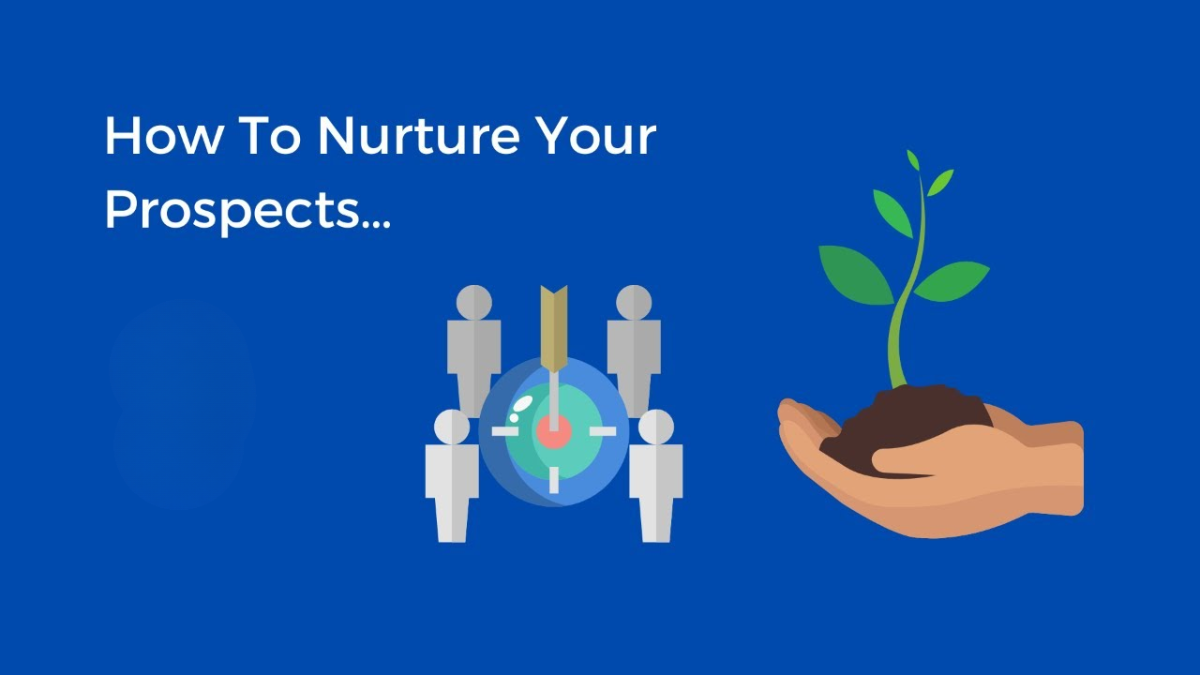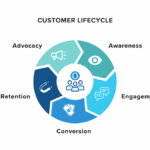Introduction
Not every prospect is ready to make a purchase the moment they encounter your business. Many are still researching, comparing, or simply exploring options. That’s where lead nurturing comes in. It’s the process of building trust with potential customers over time, providing value at every stage, and guiding them gently toward a purchase decision.
Proper nurturing can dramatically increase conversion rates, shorten sales cycles, and improve customer loyalty. This article explores effective strategies for nurturing prospects until they’re ready to buy, ensuring your business remains top of mind when the time is right.
1. Understand the Buyer’s Journey
The first step in nurturing prospects is understanding where they are in their buying journey. Typically, there are three stages:
- Awareness: The prospect identifies a problem or need.
- Consideration: They explore possible solutions and evaluate different providers.
- Decision: They are ready to make a purchase.
Your goal is to deliver the right message and content at the right time, depending on where they fall in this journey.
2. Segment Your Prospects
Not all leads are alike. Segmenting your prospects helps you tailor your nurturing efforts based on behavior, interests, demographics, or stage in the funnel.
Common Segmentation Criteria:
- Industry or company size
- Product interest or category
- Engagement level (e.g., opened emails, downloaded resources)
- Time since first interaction
Proper segmentation enables you to send relevant and timely messages that resonate with each group.
3. Provide Educational and Value-Driven Content
Prospects want information, not sales pressure. Offer content that educates, informs, and solves problems. This builds trust and positions you as an expert in your space.
Effective Content Types for Nurturing:
- Blog articles and how-to guides
- Webinars or workshops
- Checklists and templates
- Case studies or success stories
- Industry reports and insights
Avoid pushing for a sale too early. Instead, focus on offering value that keeps the prospect engaged and moving forward.
4. Use Email Drip Campaigns
Email remains one of the most powerful tools for nurturing prospects. A well-designed drip campaign automatically sends a sequence of emails based on user behavior or timeline.
Tips for Effective Email Nurturing:
- Personalize subject lines and content
- Offer a mix of educational, informative, and soft promotional messages
- Include clear calls to action (e.g., “Download now,” “Learn more,” “Watch video”)
- Keep the tone helpful, not salesy
Drip campaigns ensure consistent contact without overwhelming the prospect.
5. Engage Across Multiple Channels
While email is essential, prospects often interact across multiple platforms. Use an omnichannel approach to stay connected wherever they are.
Channels to Consider:
- Social media (share content and engage in conversations)
- SMS or mobile messaging (for quick updates or reminders)
- Retargeting ads (remind prospects of your value)
- Direct outreach (personalized messages from a rep)
Consistent messaging across channels helps reinforce your brand and keeps prospects engaged.
6. Leverage Personalization
Generic messages rarely capture attention. Use available data to personalize your outreach.
Ways to Personalize:
- Use the prospect’s name and company
- Refer to their specific needs or challenges
- Recommend content based on past interactions
- Mention actions they’ve taken (e.g., downloaded a guide)
Personalization increases open rates, click-throughs, and overall engagement.
7. Score and Prioritize Leads
Not all leads are ready to buy—and not all are worth the same level of effort. Lead scoring assigns a value to each prospect based on engagement, fit, and buying signals.
Factors to Consider in Lead Scoring:
- Email opens and link clicks
- Time spent on site
- Number of visits
- Form submissions or resource downloads
- Demographic or firmographic match
High-scoring leads can be handed off to sales sooner, while others continue in the nurturing flow.
8. Stay Consistent, But Be Patient
Lead nurturing takes time. Don’t rush the process or try to close a sale before the prospect is ready.
Best Practices:
- Maintain a regular but respectful communication rhythm
- Focus on long-term relationship building
- Provide answers before they ask questions
- Track engagement to adjust frequency and content
Nurturing is about trust. Stay relevant, be helpful, and let the prospect guide the pace.
9. Align Sales and Marketing
Lead nurturing works best when sales and marketing teams are aligned. Marketing provides qualified, nurtured leads, and sales follows up with personalized outreach when buying signals emerge.
Collaboration Tips:
- Agree on lead definitions and scoring
- Share insights and feedback regularly
- Use shared tools or platforms to monitor lead progress
A unified approach ensures a seamless experience for the prospect.
10. Analyze and Optimize
Regularly review the performance of your nurturing efforts to understand what works and what needs improvement.
Key Metrics to Track:
- Email open and click rates
- Content engagement
- Lead-to-opportunity conversion rate
- Sales cycle length
- Return on investment (ROI)
Use these insights to refine your segmentation, content strategy, and messaging for better results.
Conclusion
Nurturing prospects is not about rushing them to buy—it’s about guiding them with useful information, personalized communication, and consistent value until they’re confident in making a decision. By understanding their journey, segmenting effectively, using multiple channels, and staying patient, you build a strong foundation for trust and conversion.
Businesses that excel at nurturing not only close more deals but also create lasting customer relationships. In today’s competitive market, that’s a winning strategy.
Frequently Asked Questions (FAQs)
Q1: What is lead nurturing?
A: Lead nurturing is the process of building relationships with potential customers over time by providing relevant information and engagement until they are ready to make a purchase.
Q2: How long should a lead nurturing campaign last?
A: It varies based on your industry, product, and buyer behavior. Campaigns can last anywhere from a few weeks to several months, depending on how long the buying decision takes.
Q3: What type of content is best for nurturing leads?
A: Educational and helpful content such as blog posts, webinars, how-to guides, case studies, and comparison tools work well to engage and inform prospects.
Q4: When should a nurtured lead be passed to sales?
A: When a lead shows strong buying signals such as repeated engagement, downloading high-intent content (e.g., pricing sheets), or requesting a demo, it’s time to transition them to sales.
Q5: Can automation help with nurturing?
A: Yes, automation through email sequences, lead scoring, and behavior tracking ensures consistent and scalable nurturing without overwhelming your team.



